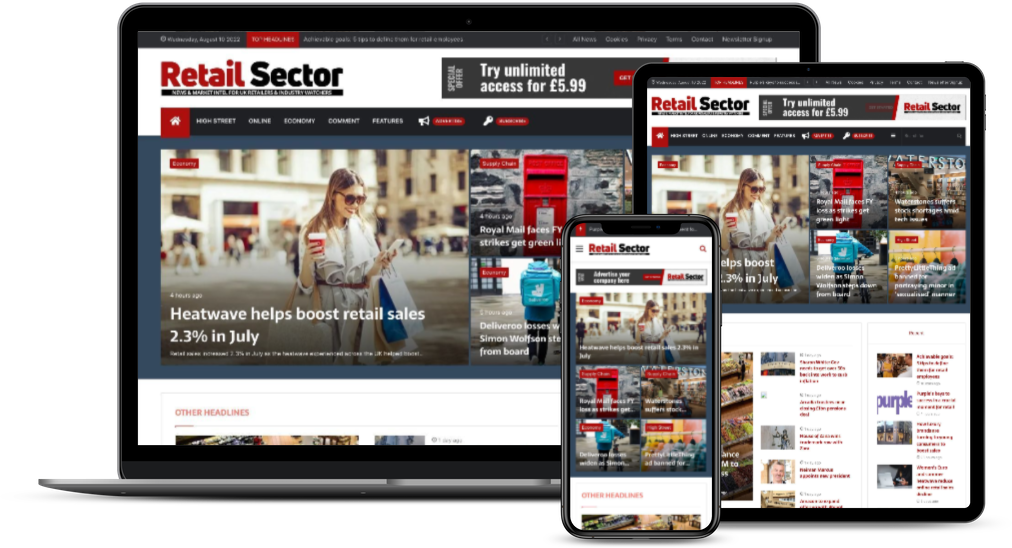M&S resets its sustainability programme
With new emphasis on sustainability, the retailer is now focusing on “becoming a net zero Scope 3 business across its entire supply chain and products by 2040”

Marks and Spencer has reset its Plan A sustainability programme, with the company now focusing on “becoming a net zero Scope 3 business across its entire supply chain and products by 2040”.





